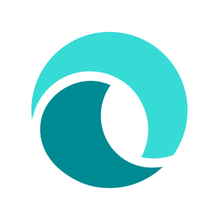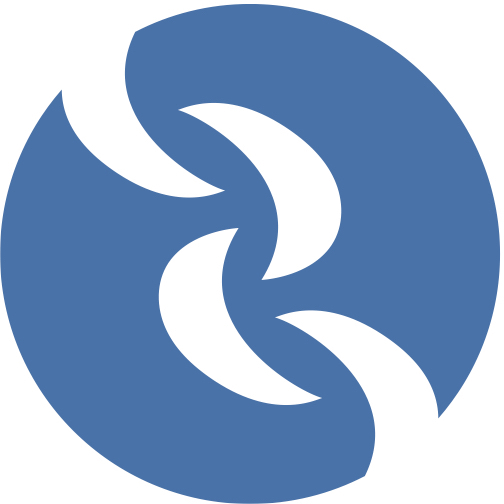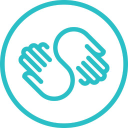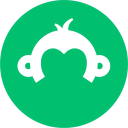Lessons Learned From 20 Years In E-Commerce
Hello! Who are you and what business did you start?
My name is Rosalee Andrea Rester and I launched a baby apparel t-shirt company 16 years ago called Babywit.com. When I launched it was immediately successful (enough to fully support my husband while writing a novel and two children) but the landscape changed tremendously over the years and I wanted to share with you some of the lessons I learned along the way.

How It All Started
After having a baby, I realized that I did not want to be a full-time student working for a doctorate nor working full time at a dot com. I wanted to stay at home with my baby girl. My sister-in-law with 3 children had launched a successful soap-making business that I took inspiration from and was looking for something I could build a stay at home business out of.
During my final year for a master’s in psychology, I presented my findings at the WPA...

Download the report and join our email newsletter packed with business ideas and money-making opportunities, backed by real-life case studies.

Download the report and join our email newsletter packed with business ideas and money-making opportunities, backed by real-life case studies.

Download the report and join our email newsletter packed with business ideas and money-making opportunities, backed by real-life case studies.

Download the report and join our email newsletter packed with business ideas and money-making opportunities, backed by real-life case studies.

Download the report and join our email newsletter packed with business ideas and money-making opportunities, backed by real-life case studies.

Download the report and join our email newsletter packed with business ideas and money-making opportunities, backed by real-life case studies.

Download the report and join our email newsletter packed with business ideas and money-making opportunities, backed by real-life case studies.

Download the report and join our email newsletter packed with business ideas and money-making opportunities, backed by real-life case studies.





























































